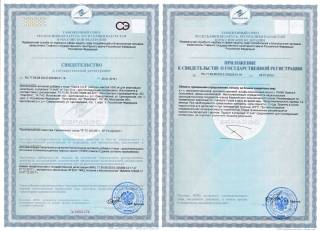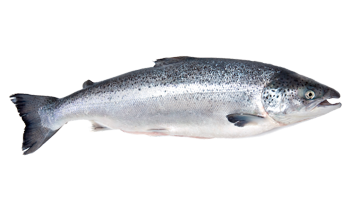
Dietary supplement “Omega 3-6-9” is an additional source of Omega-3 polyunsaturated fatty acids (PUFAs) (including eicosapentaenoic, docosahexaenoic, and alpha-linolenic acids), Omega-6 PUFAs (linoleic and gamma-linolenic acids), containing Omega-9 unsaturated fatty acids (oleic acid).
Omega-3 and Omega-6 PUFAs play a critical role in our body as they are source material for the production of eicosanoids – hormone-like substances. The eicosanoids are regulating the smooth muscle tonus affecting the arterial tension, state of bronchi, intestines, and uterus. They control the secretion of water and sodium by kidneys, affect blood clotting. They regulate the state of the gastric mucosa. They also participate in securing the inflammation process upon damage of tissues and infection (pain, swelling, fever). Some eicosanoids are neurotransmitters and fulfill the function of hormones.
The body synthesizes eicosanoids out of Omega-3 fatty acids (the most important of which are alpha-linolenic, docosahexaenoic, and eicosapentaenoic acids) and Omega-6 fatty acids (primary of which are linoleic and gamma-linolenic acids). Personal health could be significantly affected by the number and balance of such acids. The excessive linoleic acid intake may result in the extreme concentration of inflammatory eicosanoids in the human body, which may narrow down blood vessels, may reduce bronchi clearance, and may increase blood tension.
 Dr. Atkins in his book Vita-Nutrient Solution: Nature’s Answers to Drugs (Simon and Schuster, 1997), Robert Atkins, a well-known American cardiologist, mentioned that shifting of the balance to inflammatory eicosanoids correlates with suppression of the immune function, cancer, and such inflammatory diseases as asthma and arthritis. The balance requires gamma-linolenic acid (GLA), an essential factor for stabilization of metabolic processes. Special delta-6-desaturase (D6D) enzyme transforms Omega-6 fats into GLA. Many people lack a sufficient number of D6D. The ability to produce such enzymes vanishes with age. The body suppresses its activity with the consumption of a lot of sugar, alcohol, and hydrogenated oils. Besides, the loss of such an enzyme may be caused or strengthened by diabetes, hypothyroidism, and virus infections. The production of D6D requires the support of vitamin C, В3, and В6, as well as zinc and magnesium. The deficit of any of such substances results in reduced production of such enzyme in the body. Many people fall within the same or another D6D deficit category. Such people need more ready-to-use gamma-linolenic acid, which rarely occurs naturally as part of several vegetable oils such as evening primrose oil, borage (starflower) oil, and cedar oil.
Dr. Atkins in his book Vita-Nutrient Solution: Nature’s Answers to Drugs (Simon and Schuster, 1997), Robert Atkins, a well-known American cardiologist, mentioned that shifting of the balance to inflammatory eicosanoids correlates with suppression of the immune function, cancer, and such inflammatory diseases as asthma and arthritis. The balance requires gamma-linolenic acid (GLA), an essential factor for stabilization of metabolic processes. Special delta-6-desaturase (D6D) enzyme transforms Omega-6 fats into GLA. Many people lack a sufficient number of D6D. The ability to produce such enzymes vanishes with age. The body suppresses its activity with the consumption of a lot of sugar, alcohol, and hydrogenated oils. Besides, the loss of such an enzyme may be caused or strengthened by diabetes, hypothyroidism, and virus infections. The production of D6D requires the support of vitamin C, В3, and В6, as well as zinc and magnesium. The deficit of any of such substances results in reduced production of such enzyme in the body. Many people fall within the same or another D6D deficit category. Such people need more ready-to-use gamma-linolenic acid, which rarely occurs naturally as part of several vegetable oils such as evening primrose oil, borage (starflower) oil, and cedar oil.
The cedar oil contains on average nearly 20% of gamma-linolenic acid and almost 60% of linoleic acid. As to the content of vitamin Е (tocopherol), the cedar oil has five times more than olive oil and three times more than coconut oil. Tocopherols are directly acting antioxidants protecting PUFAs and cell membrane lipids from peroxidation and damage by free radicals, regulating protein, fat,
 and carbohydrate metabolism, and promoting digestion of fats, vitamins A and D. Besides, the cedar oil contains vitamins В1, В2, and В3.
and carbohydrate metabolism, and promoting digestion of fats, vitamins A and D. Besides, the cedar oil contains vitamins В1, В2, and В3.
“Omega 3-6-9” contains in equal proportions the following:
- Cedar oil;
- Highly-refined fish oil stabilized by the mixture of natural tocopherols;
- Flaxseed oil.
The cedar oil is a source of Omega-6 fatty acids, including GLA – the most valuable of them. The flaxseed and fish oil are the sources of Omega-3 fatty acids, foremost of which are alpha-linolenic, docosahexaenoic, and eicosapentaenoic acids.
Omega-3 fatty acids are mainly concentrated in brain tissues, visual apparatus, and included in the lipid bilayer of the cell membrane regulating their micro-viscosity and permeability.
The inclusion of Omega-3 fatty acids into the diet has a favorable complex effect on the body at:
- High risk of cardiovascular diseases;
- High physical and neuropsychic loads;
- Stresses;
- Prevention of catarrhal diseases;
- Seasonal depressions;
- High cholesterol level;
- Recovery after diseases;
- Hair breaking and dry skin;
- Imbalanced, poor nutrition and during the diet.
Omega-9 is a family of unsaturated fatty acids, which are indispensable (essential) fatty acids as compared to Omega-3 and Omega-6 A human body may synthesize Omega-9 acids. Besides, Omega-9 fatty acids are common components of both animal fats and vegetable oils, and usually, are available in human nutrition in sufficient quantities.
Dietary supplement “Omega 3-6-9” is a balanced complex of fatty acids to assist the optimization of metabolism.
Daily dose (3 capsules) of “Omega 3-6-9” contains:
|
Indicator
|
Minimum content in a daily dose, mg
|
% of adequate intake*
|
|
Omega-3 PUFAs
|
1020
|
51
|
|
of which eicosapentaenoic acid
|
216
|
36
|
|
Docosahexaenoic acid
|
144
|
21
|
|
Alpha-linolenic acid
|
600
|
86
|
|
Omega-6 PUFAs
|
960
|
10
|
|
of which Linoleic acid
|
744
|
74
|
|
Gamma-linolenic acid
|
216
|
36
|
|
Omega-9 PUFAs (oleic acid)
|
528
|
3,5
|
|
Fat**, at maximum
|
3,6 g
|
4,3
|
|
Proteins**, at maximum
|
0,2 g
|
0,3
|
|
Carbohydrates**, at maximum
|
0 g
|
-
|
Nutritional value**
|
139 kJ/33 kcal
|
1,3
|
Note: * Uniform requirements of the Customs Union EurAsEC
** Calculated mean values.
“Omega 3-6-9”has the registration of the Russian Federal Service for Surveillance on Consumer Rights Protection and Human Wellbeing (Rospotrebnadzor).
Certificate of State Registration No.RU.77.99.88.003.R.000621.02.22 dated 25.02.2022. Technical Specifications (TS) 10.89.19-039-78056148-2017
Composition fish oil, cedar oil, flaxseed oil, capsule shell (gelatin, glycerin (water-retaining agent), water, sorbitol (water-retaining agent), sodium benzoate (as preservative), ethyl vanillin (flavor), mixed tocopherols (as an antioxidant).
Some products may contain traces of lactose, soya.
Recommended use: Adults 1 capsule three times a day with meals. The period of administration is 1-2 months. If necessary, the administration could be repeated. It is recommended consulting a doctor before administration. It is not a medicine.
Contraindications: Hypersensitivity to the components.
Storage: keep in a dry place, out of a child’s reach at a temperature of no more than 25°C. Shelf life is two years.


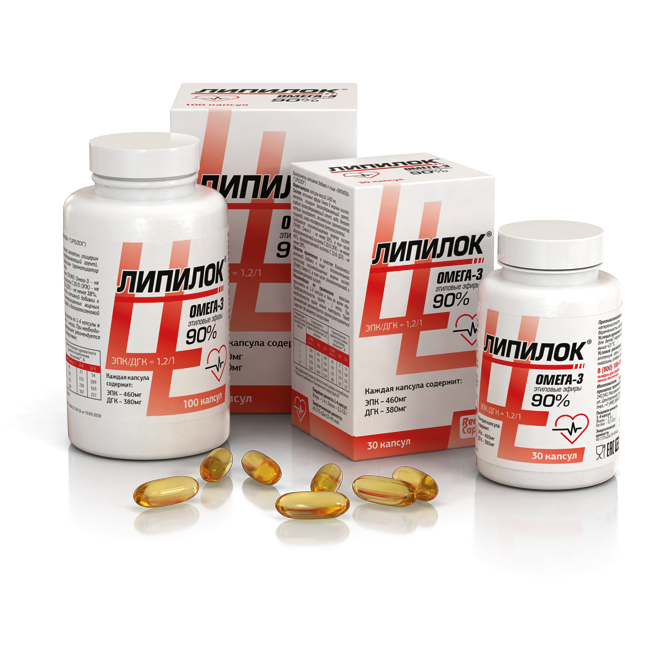

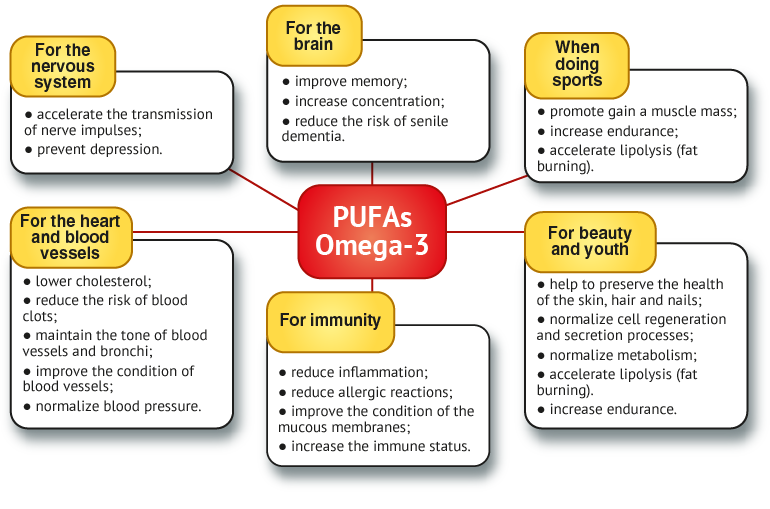
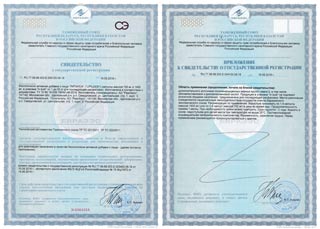


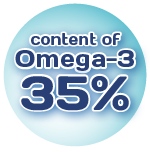
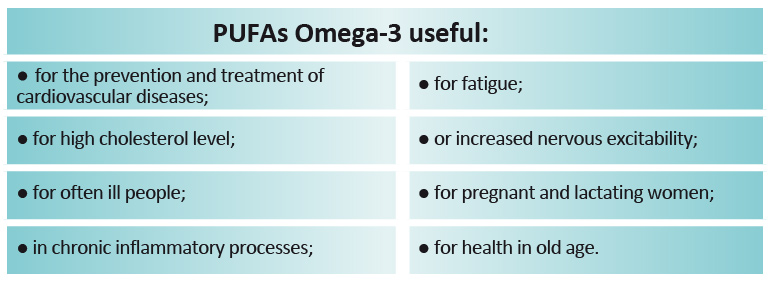
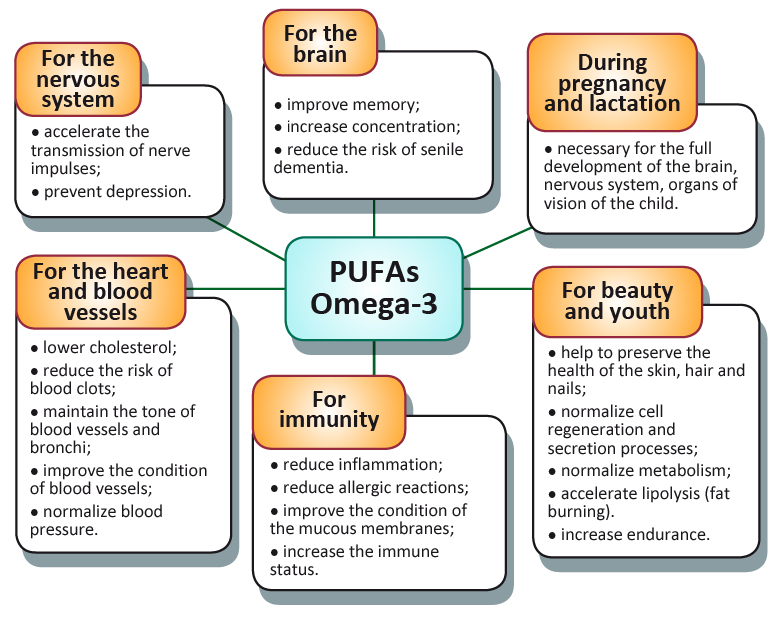
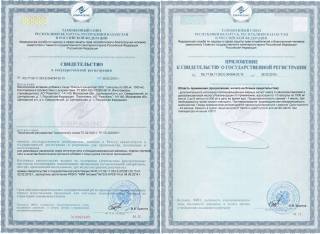
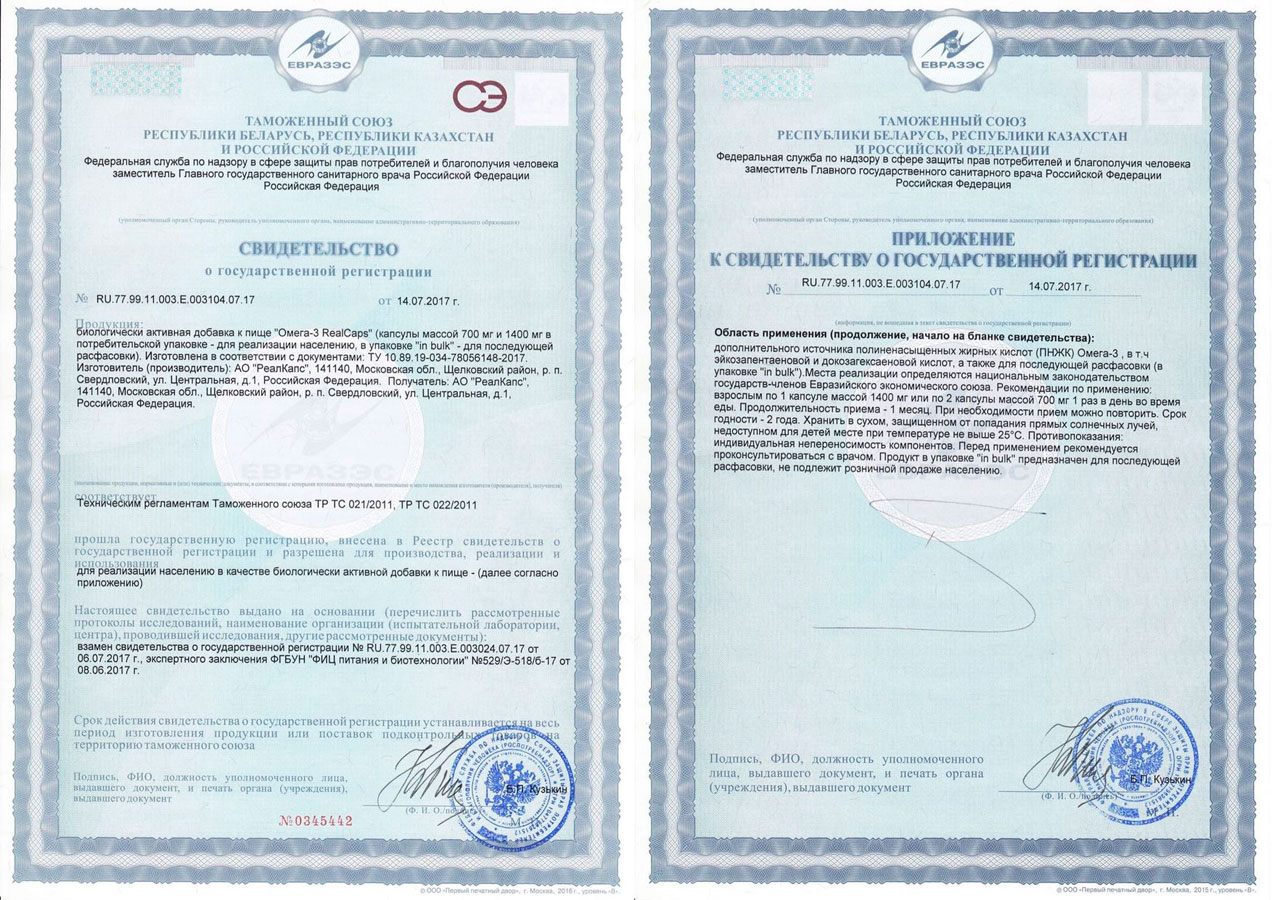
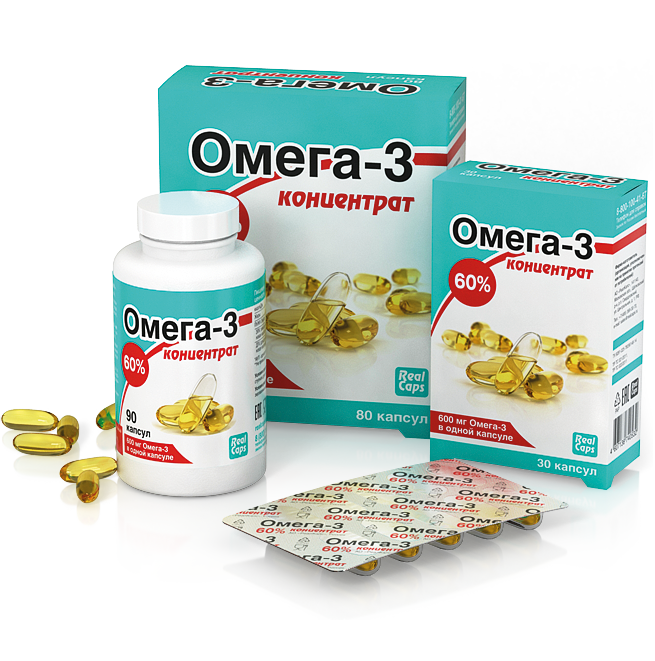
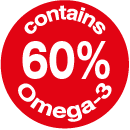

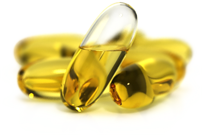
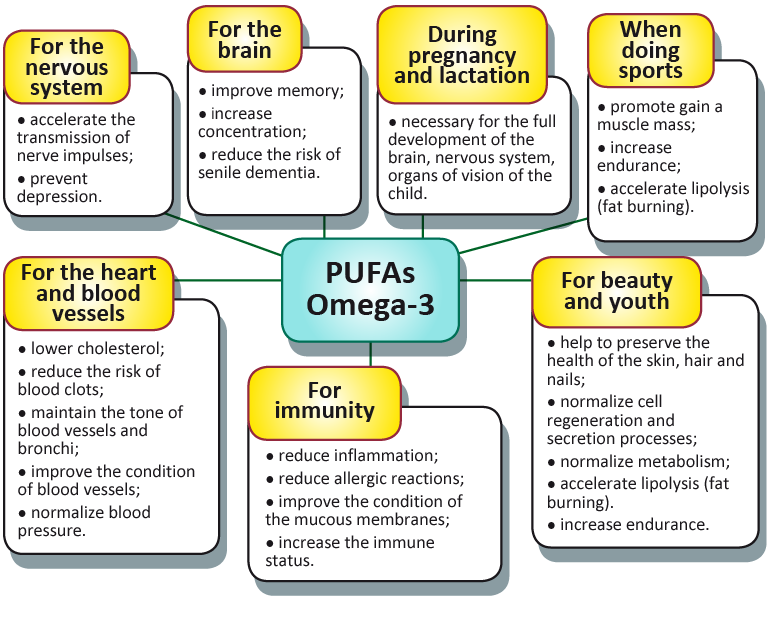
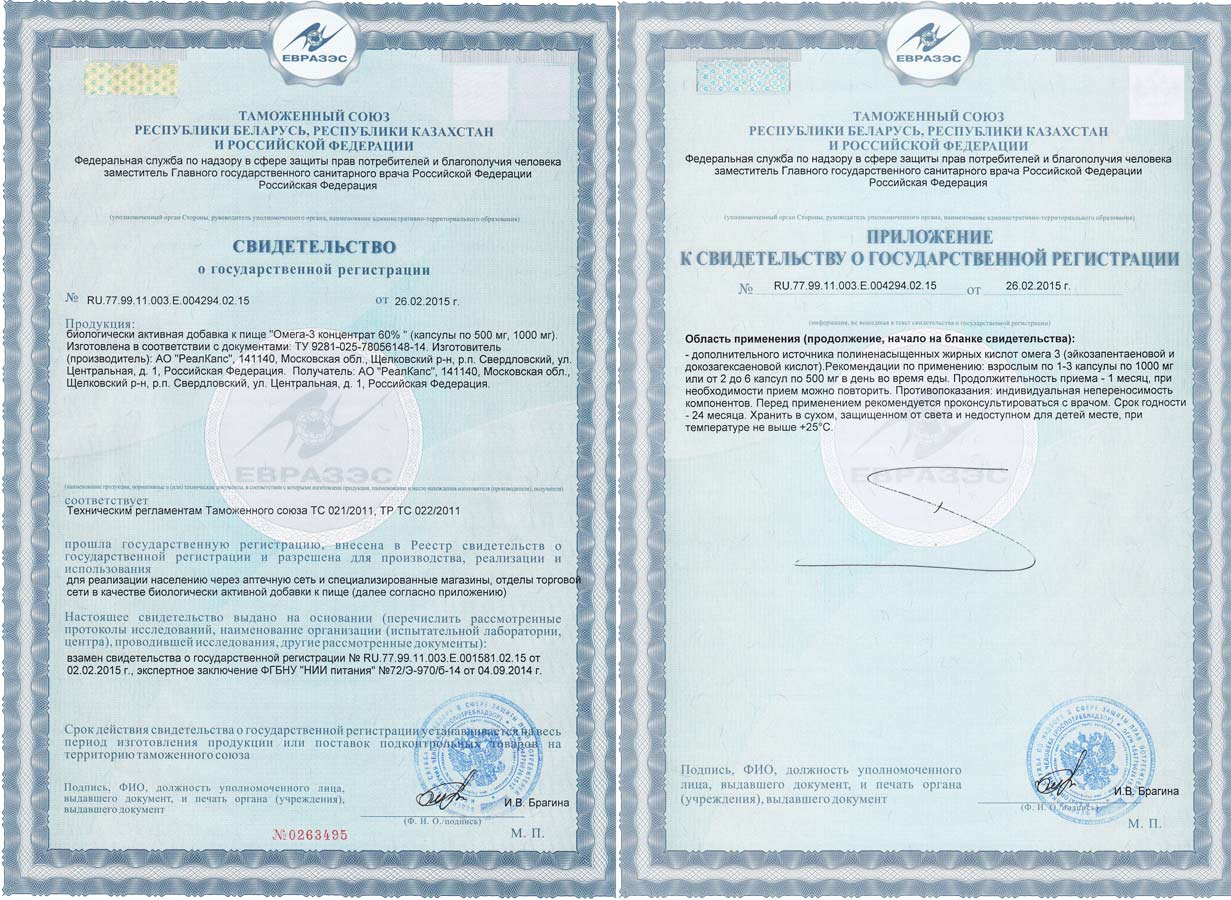
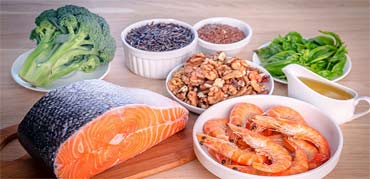
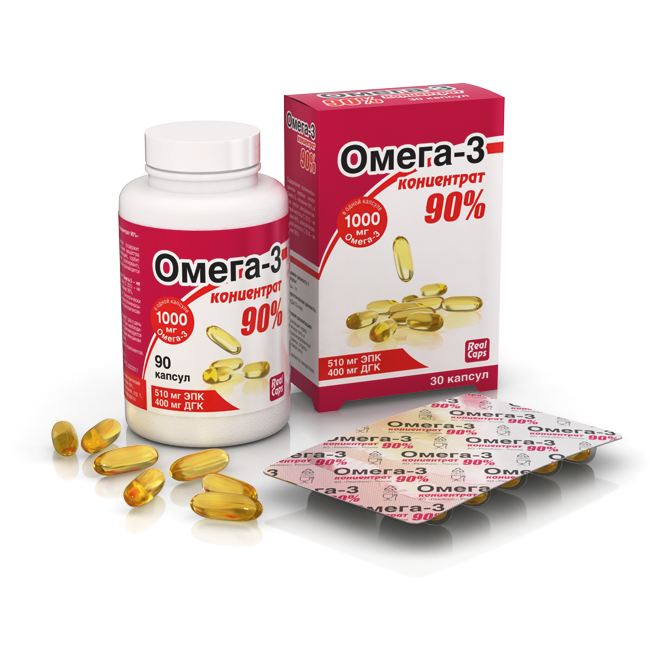
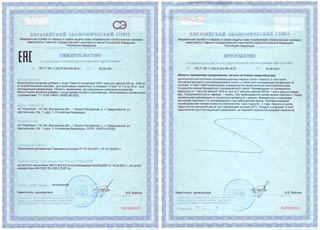
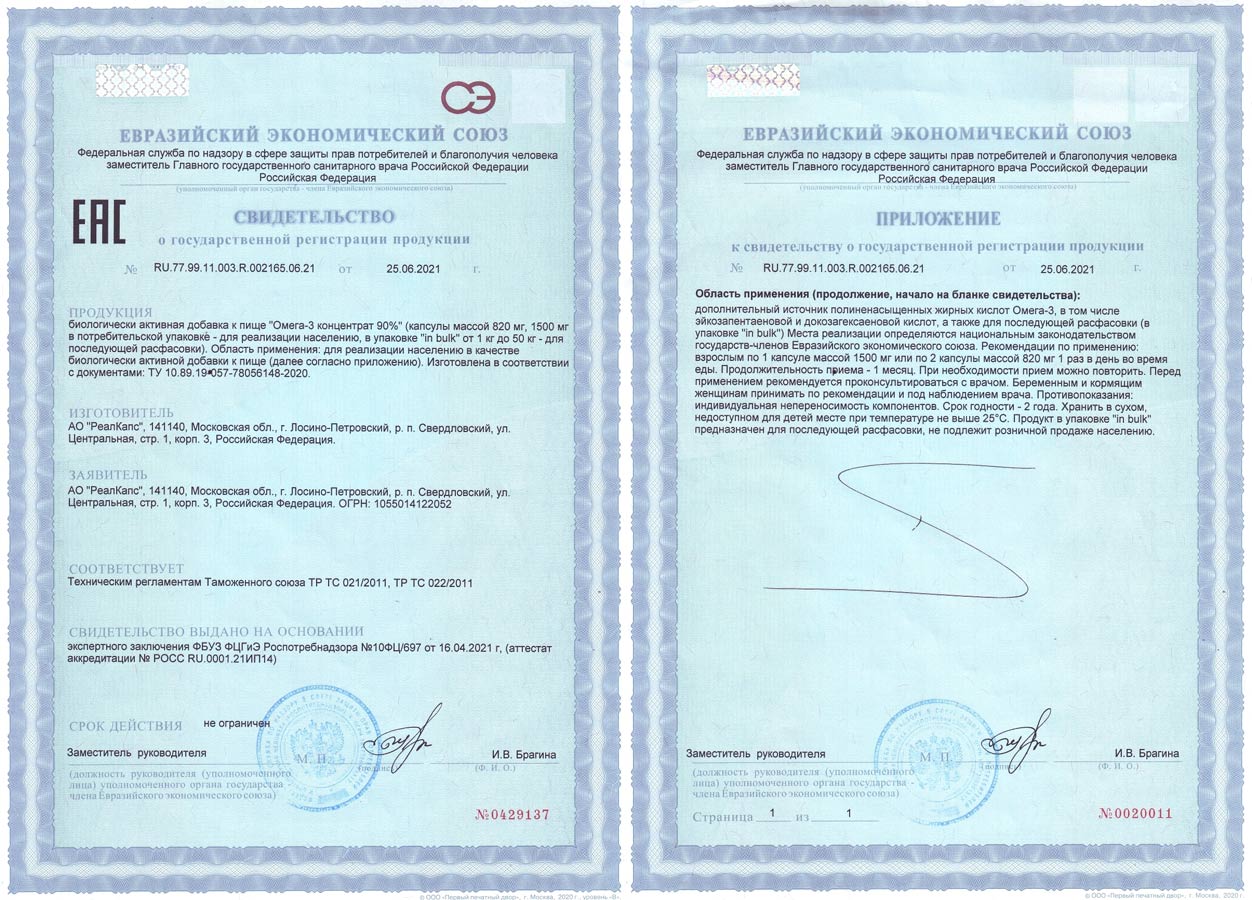
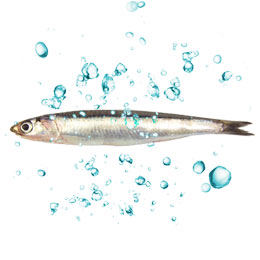
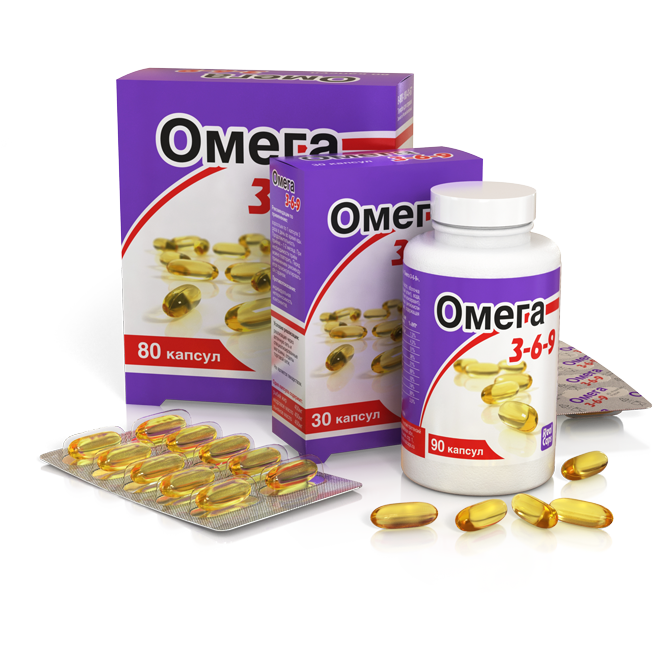

 Dr. Atkins in his book Vita-Nutrient Solution: Nature’s Answers to Drugs (Simon and Schuster, 1997), Robert Atkins, a well-known American cardiologist, mentioned that shifting of the balance to inflammatory eicosanoids correlates with suppression of the immune function, cancer, and such inflammatory diseases as asthma and arthritis. The balance requires gamma-linolenic acid (GLA), an essential factor for stabilization of metabolic processes. Special delta-6-desaturase (D6D) enzyme transforms Omega-6 fats into GLA. Many people lack a sufficient number of D6D. The ability to produce such enzymes vanishes with age. The body suppresses its activity with the consumption of a lot of sugar, alcohol, and hydrogenated oils. Besides, the loss of such an enzyme may be caused or strengthened by diabetes, hypothyroidism, and virus infections. The production of D6D requires the support of vitamin C, В3, and В6, as well as zinc and magnesium. The deficit of any of such substances results in reduced production of such enzyme in the body. Many people fall within the same or another D6D deficit category. Such people need more ready-to-use gamma-linolenic acid, which rarely occurs naturally as part of several vegetable oils such as evening primrose oil, borage (starflower) oil, and cedar oil.
Dr. Atkins in his book Vita-Nutrient Solution: Nature’s Answers to Drugs (Simon and Schuster, 1997), Robert Atkins, a well-known American cardiologist, mentioned that shifting of the balance to inflammatory eicosanoids correlates with suppression of the immune function, cancer, and such inflammatory diseases as asthma and arthritis. The balance requires gamma-linolenic acid (GLA), an essential factor for stabilization of metabolic processes. Special delta-6-desaturase (D6D) enzyme transforms Omega-6 fats into GLA. Many people lack a sufficient number of D6D. The ability to produce such enzymes vanishes with age. The body suppresses its activity with the consumption of a lot of sugar, alcohol, and hydrogenated oils. Besides, the loss of such an enzyme may be caused or strengthened by diabetes, hypothyroidism, and virus infections. The production of D6D requires the support of vitamin C, В3, and В6, as well as zinc and magnesium. The deficit of any of such substances results in reduced production of such enzyme in the body. Many people fall within the same or another D6D deficit category. Such people need more ready-to-use gamma-linolenic acid, which rarely occurs naturally as part of several vegetable oils such as evening primrose oil, borage (starflower) oil, and cedar oil.
 and carbohydrate metabolism, and promoting digestion of fats, vitamins A and D. Besides, the cedar oil contains vitamins В1, В2, and В3.
and carbohydrate metabolism, and promoting digestion of fats, vitamins A and D. Besides, the cedar oil contains vitamins В1, В2, and В3.
